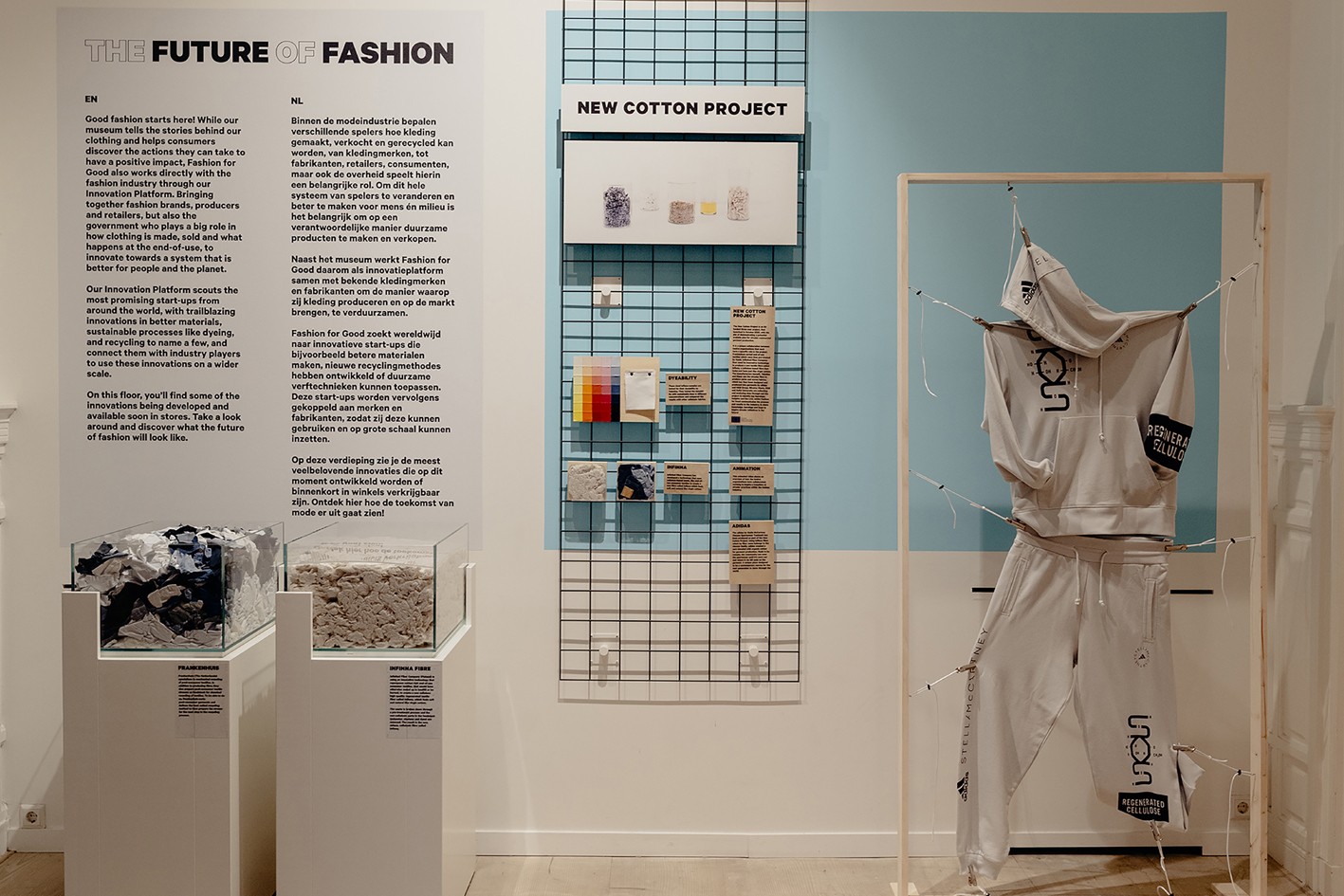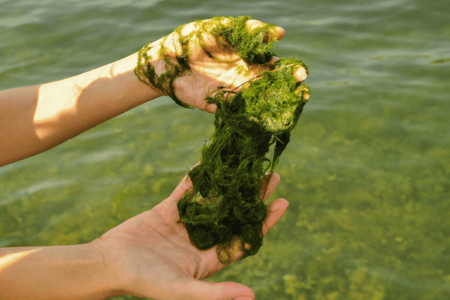
New Cotton Project celebrates launch of first large-scale circular fashion
YarnsandFibers News Bureau 2022-10-11 18:38:51 – NetherlandsThe EU-funded New Cotton Project honors the recent launch of the so-called first large-scale circular garment ecosystem created by Adidas and the H&M Group.
According to The New Cotton Project, its installation at Amsterdam's Fashion for Good Museum charts the process and progress of what it refers to as the first possible large-scale circular garment ecosystem, created by Adidas and the H&M Group.
Two white papers created by Aalto University that study circular business models and provide an overview of the New Cotton ecosystem blueprint are also released at the same time as the launch.
The second year of the New Cotton Project's three-year project is already complete. The collaboration's last phase will concentrate on further data gathering, additional research publications from Aalto University, and the Life Cycle Assessment. All of these will be shared with the larger industry in an effort to spur other circular projects in the future.
The New Cotton Project asserts that while developing circular materials to lessen reliance on virgin material has historically been difficult, with a truckload of textiles being landfilled, the fashion industry urgently requires scalable circular alternatives.
The New Cotton Project was started to address this issue and attempts to present a prospective model for commercial circular garment manufacture as well as a new, more environmentally friendly method of doing business for the fashion sector.
The utilitarian jacket and pants from the H&M Group and the Adidas by Stella McCartney Sportswear Tracksuit Viscose (Gender Neutral) were manufactured with a brand-new, premium Infinna fiber made from post-consumer end-of-use textiles, according to the New Cotton Project.
According to the organization, both garments exemplify the industry's capacity to transition from a linear to a circular model of production and show the potential for a circular garment ecosystem.
According to the Sorting for Circularity research by Fashion for Good, which was released in September 2022, up to 25% of post-consumer textiles in Europe could one day be used as feedstock for textile-to-textile recycling. Included in this are the 494,000 tonnes of low-value post-consumer textiles that were found to be easily recyclable from fiber to fiber.
Market Intelligence
Ask for free sample Report

experience
Customer Base
dedicated team
Countries Served Worldwide









